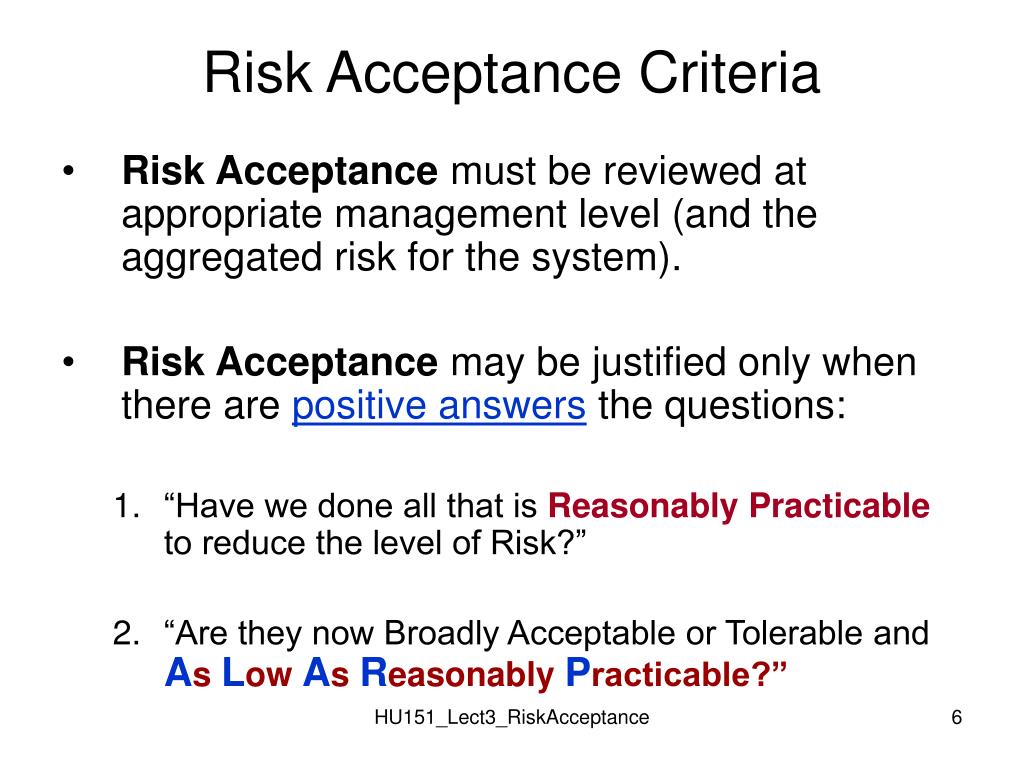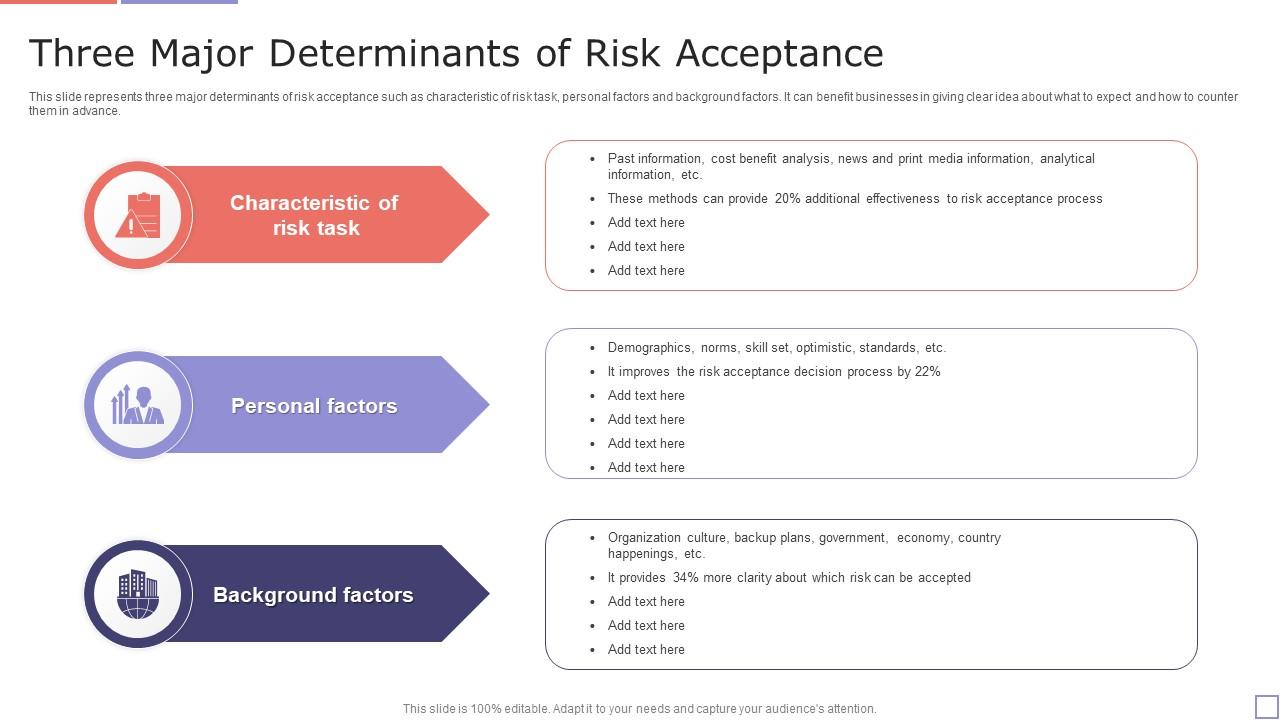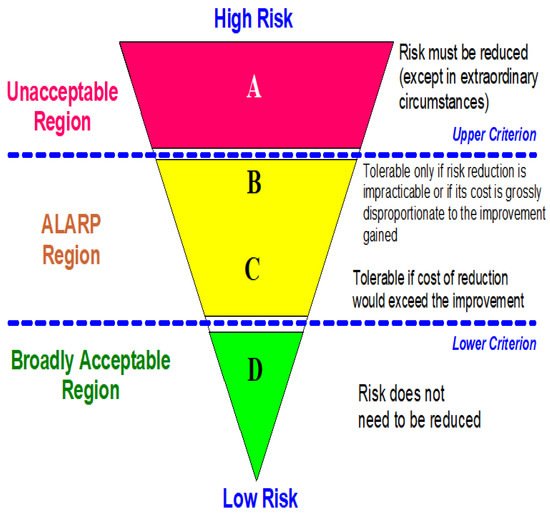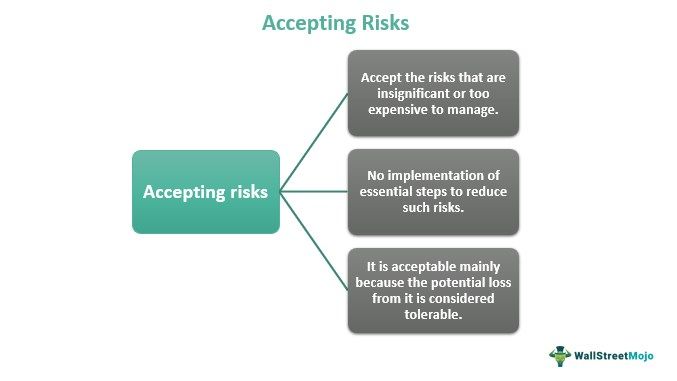Risk Acceptance Is A Natural Part Of Driving

Every time a driver turns the ignition, they are engaging in a calculated dance with risk. It's a fundamental aspect of driving that often goes unacknowledged, yet it's present in every decision, from merging onto a highway to navigating a busy intersection.
The acceptance of risk is inherent in operating a vehicle, a complex interplay of individual choices, environmental factors, and inherent probabilities. Understanding this dynamic is crucial for promoting safer driving habits and informed decision-making on the road.
This article delves into the concept of risk acceptance in driving, exploring its various facets and the implications for road safety.
The Core of Risk Acceptance
Risk acceptance, in the context of driving, refers to the conscious or subconscious evaluation of potential hazards and the decision to proceed despite their presence. It is not necessarily reckless behavior but rather a practical assessment of the likelihood and severity of potential negative outcomes weighed against the perceived benefits of continuing the journey.
Factors influencing risk acceptance are numerous and complex. Driver skill and experience, vehicle condition, road infrastructure, weather conditions, and time constraints all play significant roles.
Even psychological factors like mood, fatigue, and perceived social pressure can significantly alter a driver’s risk tolerance.
Factors at Play
One primary factor is driver skill and experience. Experienced drivers may be more adept at recognizing and responding to potential hazards, leading them to accept risks that novice drivers would avoid.
However, this experience can also lead to overconfidence and a diminished perception of risk. Vehicle condition is another critical aspect.
A well-maintained vehicle with functioning safety features, like anti-lock brakes and airbags, can reduce the perceived risk and potentially lead to greater risk acceptance. Conversely, driving a vehicle with known mechanical issues can increase a driver's awareness of risk, but may not necessarily deter them from driving.
Road infrastructure significantly influences risk acceptance. Well-maintained roads with clear signage and adequate lighting tend to foster a sense of safety, while poorly maintained roads with limited visibility can heighten risk awareness.
Adverse weather conditions, such as rain, snow, or fog, invariably increase the perceived risk of driving. In such situations, drivers may adjust their behavior by reducing speed and increasing following distances, but they still make the conscious decision to drive despite the heightened risk.
Time constraints and perceived urgency can heavily influence risk acceptance. Drivers running late may be more inclined to speed or take risks while overtaking to save time, thereby accepting a higher probability of an accident.
Data and Statistics
According to the National Highway Traffic Safety Administration (NHTSA), human factors, including driver error and risky behaviors, contribute to a significant percentage of traffic accidents.
While not explicitly quantifying risk acceptance, these statistics underscore the prevalence of decisions that lead to increased risk on the roads.
Research from the Insurance Institute for Highway Safety (IIHS) indicates that factors such as speeding, impaired driving, and distracted driving are major contributors to fatal crashes, all of which involve a heightened degree of risk acceptance.
The Human Element
Consider the story of Sarah Miller, a commuter who drives 30 miles to work each day. Sarah acknowledges that her commute carries inherent risks. She faces heavy traffic, unpredictable weather patterns, and occasional construction delays.
Yet, she accepts these risks because the benefits – her job and livelihood – outweigh the potential dangers. She mitigates these risks by maintaining her car, staying alert, and adjusting her driving behavior based on conditions.
Sarah's story illustrates how everyday drivers navigate the complexities of risk acceptance. She represents millions who balance risk and necessity on every journey.
Promoting Safer Choices
Acknowledging that risk acceptance is a natural part of driving doesn't imply condoning reckless behavior. Rather, it highlights the importance of promoting informed decision-making and responsible driving habits.
Driver education programs should emphasize not only the mechanics of driving but also the psychological aspects of risk perception and acceptance. Encouraging drivers to recognize their own biases and limitations can lead to more cautious behavior.
Furthermore, technological advancements such as advanced driver-assistance systems (ADAS) can help mitigate risks and reduce the likelihood of accidents. Regular vehicle maintenance and adhering to traffic laws are also essential.
Moving Forward
Risk acceptance is an inherent component of driving, a constant balancing act between perceived rewards and potential dangers. By acknowledging its presence and understanding its influencing factors, we can promote safer and more responsible behavior on the roads.
A combination of education, technology, and a shift in societal attitudes toward driving can contribute to a culture where risks are carefully evaluated and minimized. The goal is not to eliminate risk entirely, but to ensure that drivers make informed choices that prioritize safety for themselves and others.
Ultimately, recognizing and addressing the complexities of risk acceptance is paramount to creating a safer driving environment for everyone.

















